
Natural Methods to Preserve Wooden Furniture
Chosen theme: Natural Methods to Preserve Wooden Furniture. Welcome to a gentle, hands-on journey where plant oils, beeswax, sunlight savvy, and simple rituals keep wood vibrant for decades—without harsh chemicals. Join us to learn, share your results, and help other readers preserve the stories living in their favorite wooden pieces.
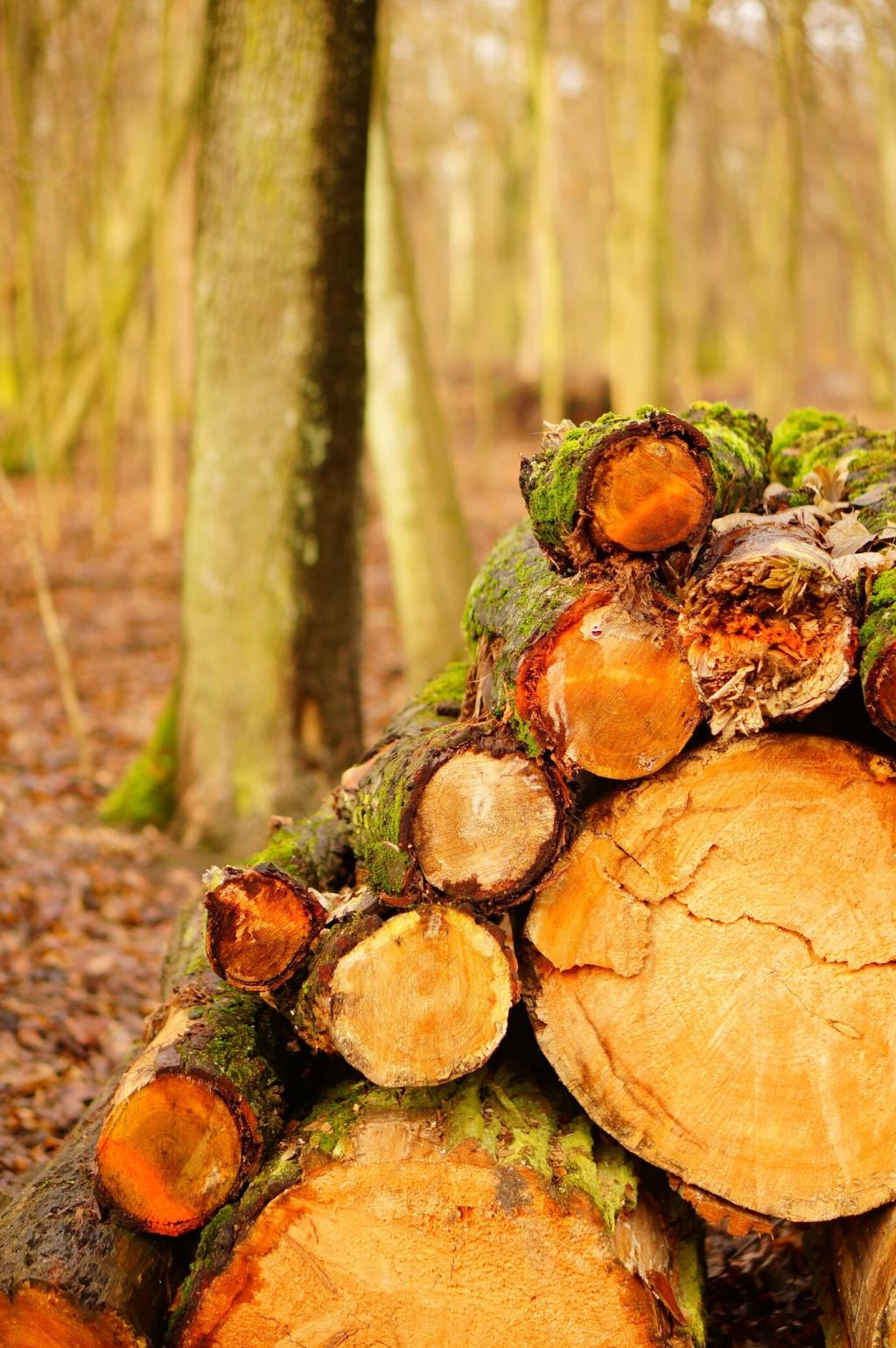
Moisture, Movement, and Why It Matters
Wood is hygroscopic, meaning it absorbs and releases moisture, expanding in humid seasons and contracting when air dries out. Those tiny changes can open joints, lift finishes, and create new cracks. Respecting wood’s movement with flexible, natural finishes and a stable indoor climate is the most loving protection you can give your furniture.

Sunlight, Oxygen, and Natural Aging
Ultraviolet light breaks down lignin—the natural glue in wood—leading to color shifts and surface brittleness over time. Oxygen drives slow oxidation that deepens tone but can also dull shine. Natural oils and waxes add sacrificial layers that absorb some abuse, and thoughtful placement reduces harsh direct sun that accelerates fading.
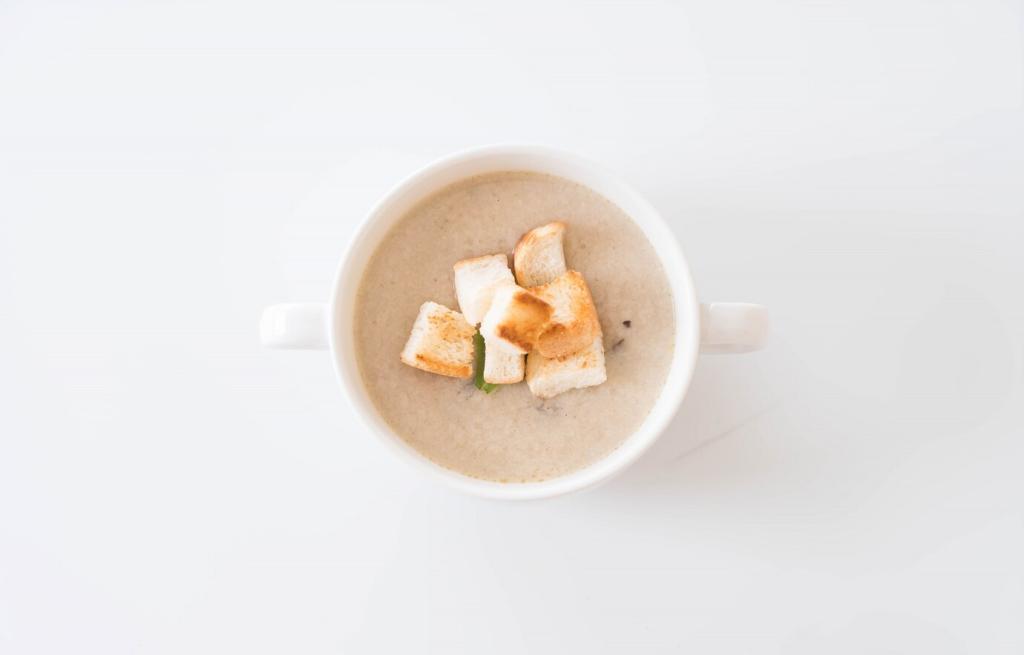
Nature’s Own Protectors: Oils and Waxes
Drying oils like tung and polymerized linseed harden into a protective film, while beeswax and carnauba create a soft, buffable shield that repels moisture. These finishes remain repairable: you can refresh them without stripping everything off. Embracing this approach turns preservation into a calm, seasonal ritual rather than a stressful overhaul.
Gentle, Natural Preparation Before Any Finish
Mix a few drops of mild castile soap in warm water, dampen a soft cloth, and wipe with the grain. Immediately follow with a dry cloth to prevent moisture from lingering. Avoid soaking wood and skip vinegar for routine cleaning, as its acidity can dull finishes and slowly weaken certain natural sealers over time.
Gentle, Natural Preparation Before Any Finish
For musty drawers or cabinets, place a shallow dish of baking soda inside and let it sit for a day or two. Brief, indirect morning sunlight and steady airflow help dissipate odors and gentle moisture. Avoid high noon exposure and heat buildup; think of the sun as a whisper, not a shout, when caring for wood.
Gentle, Natural Preparation Before Any Finish
If you must smooth roughness, hand-sand lightly with fine grits, moving with the grain and stopping as soon as fibers feel even. Capture dust with a tack cloth. Preserve edge softness and original tool marks where possible—these details carry the piece’s story, and natural preservation celebrates character rather than erasing it.
Plant-Based Oils for Deep, Durable Nourishment
Pure tung oil cures to a tough, water-resistant film with a lovely, low-luster glow. Polymerized linseed cures faster and harder than raw linseed, reducing stickiness and dust capture. Walnut oil is food-safe and great for cutting boards. Avoid non-drying kitchen oils; they can remain tacky and turn rancid over time.
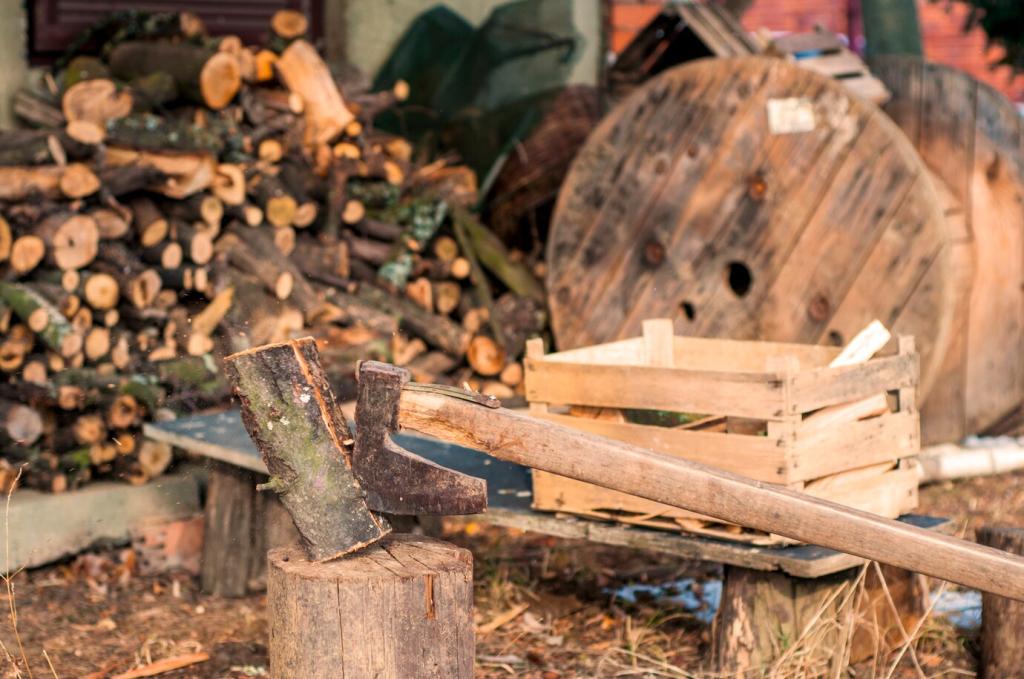
Plant-Based Oils for Deep, Durable Nourishment
Warm the oil slightly, apply a thin coat with a lint-free cloth, and massage along the grain. After fifteen minutes, wipe off excess to prevent a gummy surface. Let each coat cure thoroughly—sometimes overnight or longer—before applying the next. Several thin coats beat one heavy one, creating depth, clarity, and durable protection.
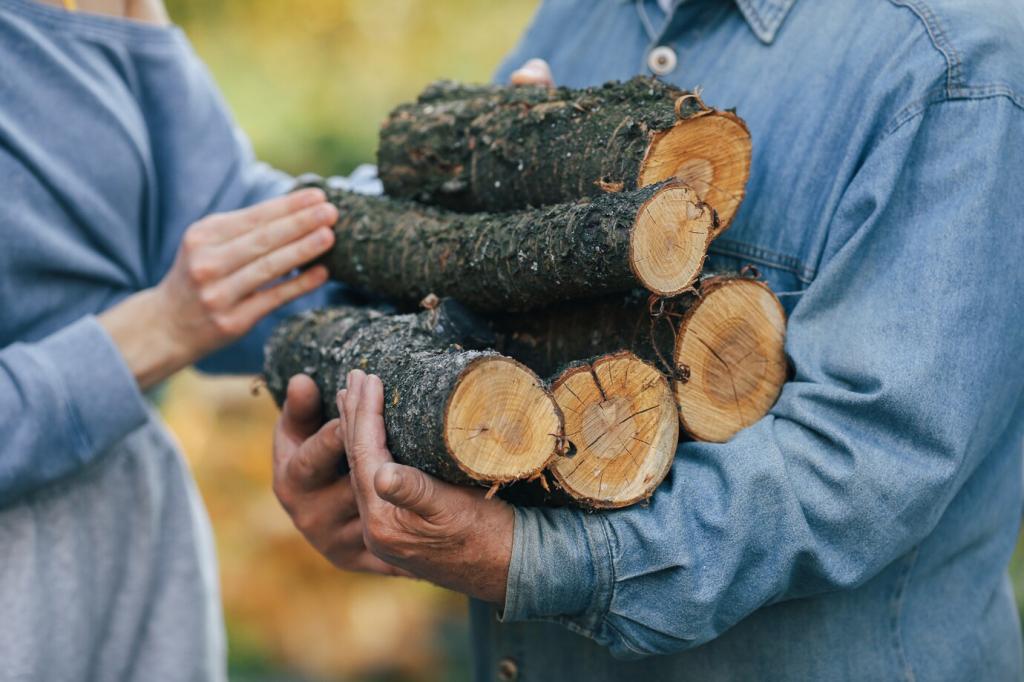
A Simple Beeswax–Carnauba Recipe
Melt two parts beeswax with one part carnauba and three to four parts of a light, plant-based oil in a double boiler. Carnauba raises hardness and gloss, beeswax offers warmth and ease. Cool, stir, and jar. A pea-sized amount goes far, making this eco-friendly polish both economical and delightfully tactile to use.

Buffing Technique for a Natural, Even Sheen
Apply very thinly with a soft cloth, let it haze for a few minutes, then buff with brisk, overlapping strokes along the grain. Work edges and handles last to avoid fingerprints. Two light coats, not one heavy one, prevent smearing and reveal a gentle radiance that feels alive rather than plasticky or overly slick.
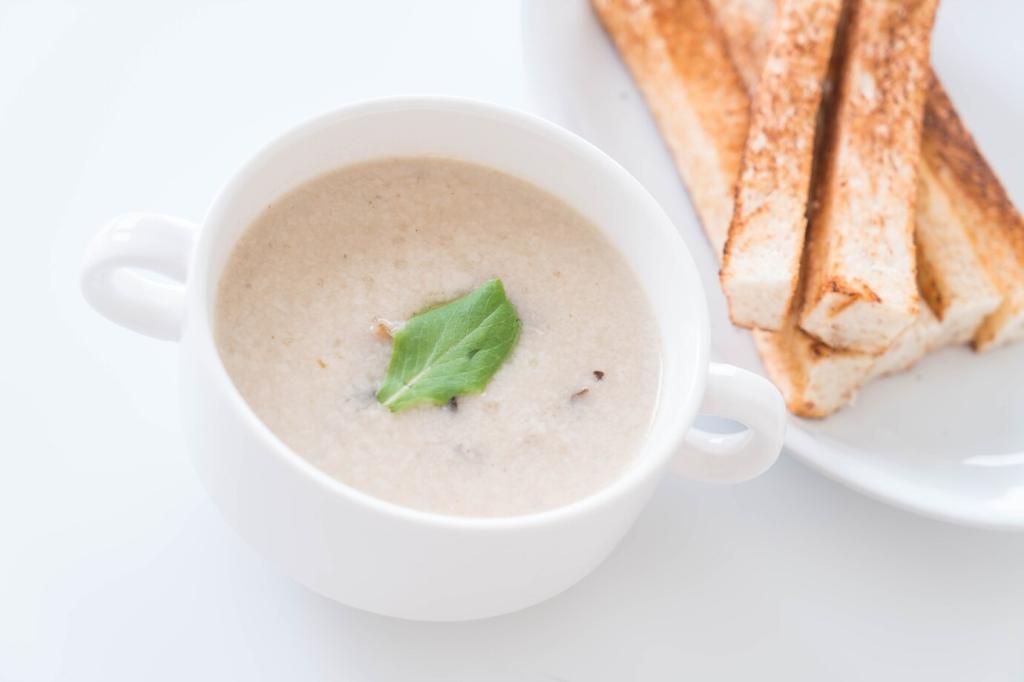
A Flea-Market Chair Finds Its Glow
An old beech chair, dull and dusty, responded beautifully to a hand-mixed beeswax polish. After a quick clean and a fingertip of wax, the seat developed a mellow shine. A second buffing the next morning tightened the sheen, and neighbors asked what boutique finish was used. The answer: kitchen-simple, pocket-friendly, naturally protective.
Light, Air, and Placement: Passive Preservation
Keep relative humidity around 40–55% and avoid fast swings. Use gentle ventilation rather than blasting heat. Felt pads under feet reduce vibration and protect floors. Coasters and breathable table runners prevent heat and moisture rings, letting your natural finish work with you, not against sudden, avoidable household stressors.
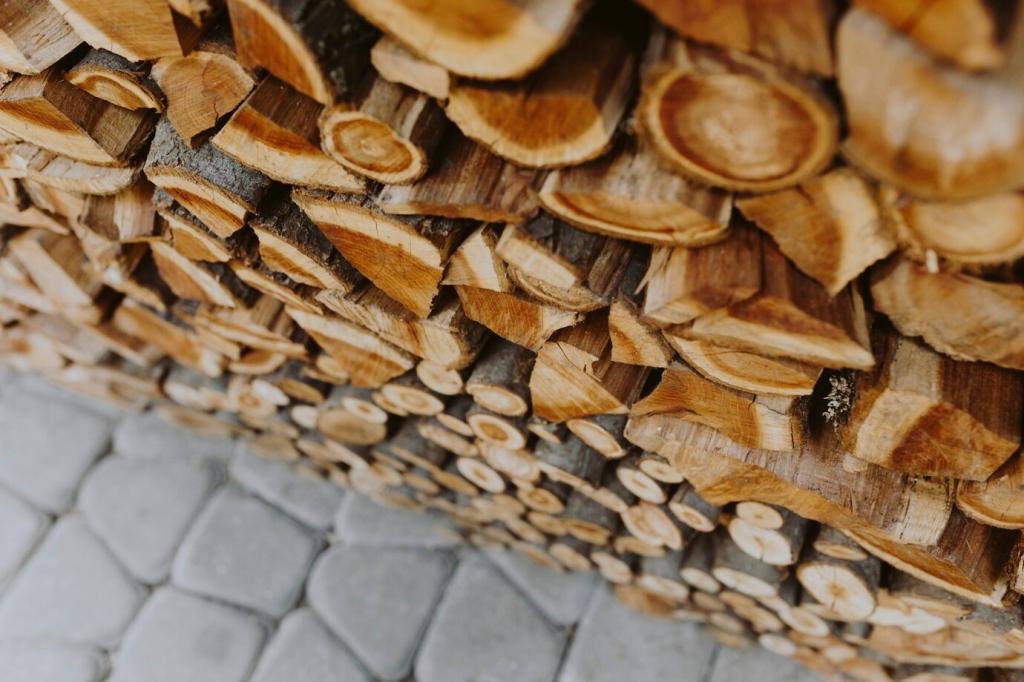
Water Rings and Heat Marks, Handled Gently
Place a clean cotton cloth over the mark and apply brief, low heat with an iron or hair dryer to coax trapped moisture out. Use light passes and check often. Some swear by a dab of natural oil, but avoid heavy mayonnaise; its lingering fats can attract dust and complicate later finish maintenance.
Natural Fillers for Tiny Dings
For small depressions, try steaming dents with a damp cloth and tip of a warm iron to swell crushed fibers. Mix fine sawdust from the same wood with a little shellac for color-matched filling. A light sand and wax blend the repair, preserving character while smoothing the distracting roughness under your hand.
Homemade Touch-Up Stains
Strong tea or coffee can gently darken light scratches; apply, let dry, and repeat until tones match. For a warmer brown, steel wool steeped in vinegar creates iron acetate that reacts with tannins. Always test under a seat or on the back first, and seal with a thin coat of oil or wax afterward.
Safety, Sustainability, and a Community of Care
Drying oils can generate heat as they cure. Spread oil-soaked rags flat to dry outdoors or submerge them in water inside a sealed metal can before disposal. Never bunch them in a pile. This simple habit prevents spontaneous ignition and keeps your workshop rituals safe, calm, and pleasantly uneventful.
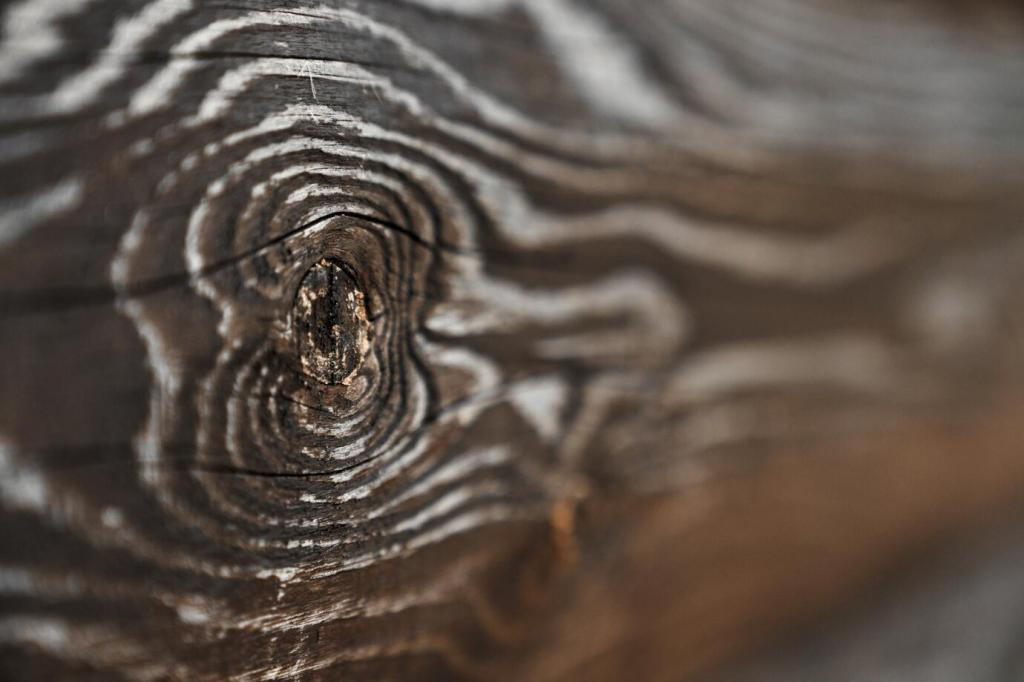

Safety, Sustainability, and a Community of Care
Choose pure tung or polymerized linseed without heavy metal dryers when possible, and verify walnut oil freshness. For butcher blocks and utensils, confirm food-safe labeling. Look for reputable suppliers and sustainably harvested beeswax. Your purchases become part of the preservation story, aligning care for wood with care for the planet.
